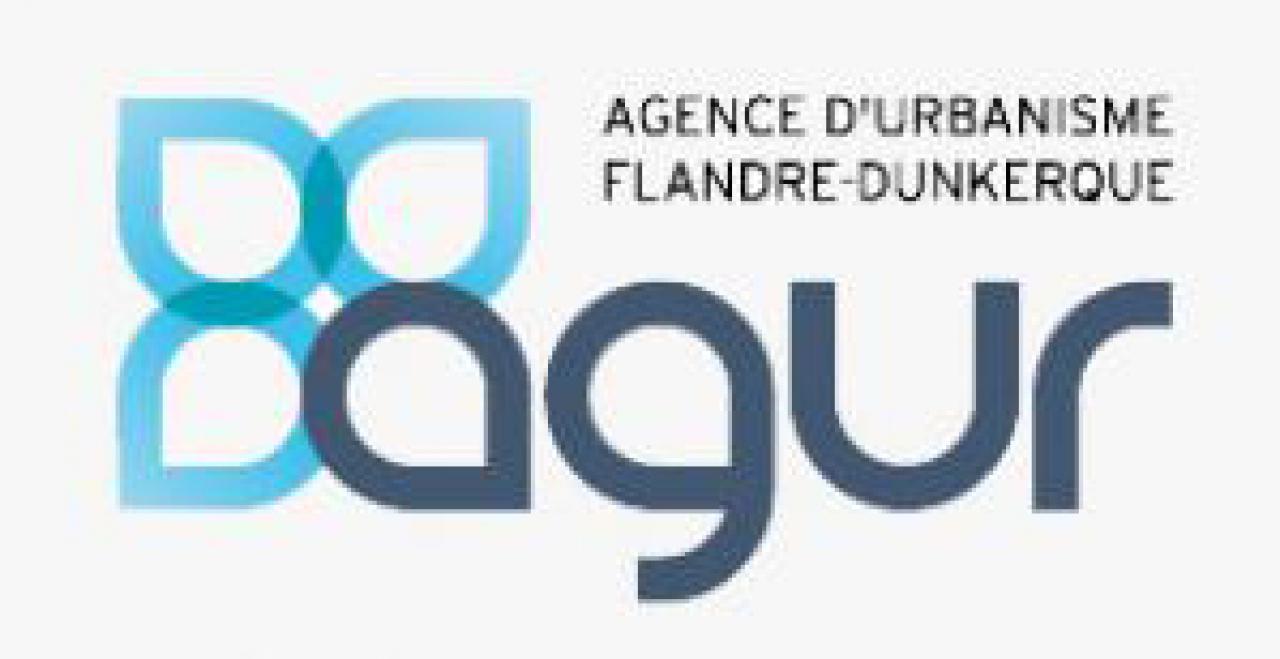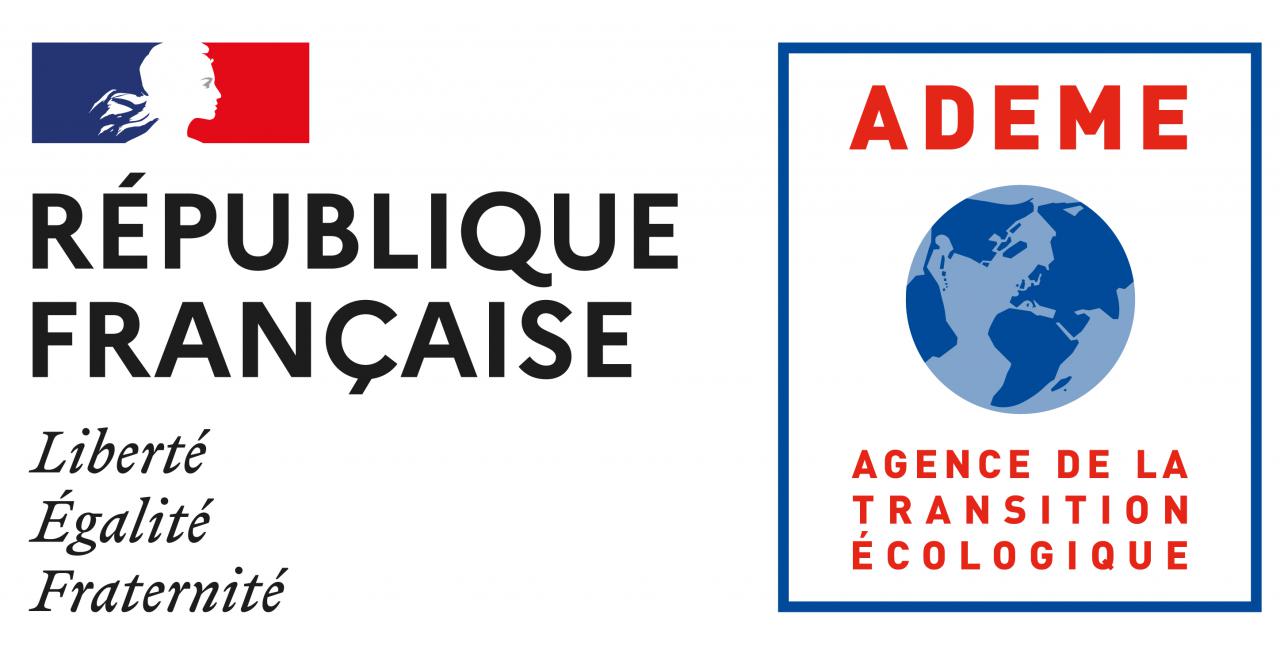In France, there have been few studies of fare-free public transport by the scientific community. Debates on the subject therefore still too often tend to be reduced to ideological representations. It is in this context that the Observatory of Cities with Free Transport was created, as a joint initiative of the Urban Planning Agency of the Flanders-Dunkirk region (AGUR), the Urban Community of Dunkirk, and the VIGS association of researchers, in order to reduce this risk.
What are the objectives ?
The Observatory of Cities with Fare-Free Transport has three main objectives: to improve the state of knowledge regarding free transport – which cities have adopted it, in France and abroad, and according to what modalities – to monitor in real-time the changes in free transport and finally, to evaluate the effects of public policies on free transport.
The main activity of the Observatory of Cities with Fare-Free Transport is to monitor and conduct studies. It is subject to control and validation by an independent scientific committee, co-chaired by the researchers Maxime Huré, Arnaud Passalacqua, and Philippe Poinsot.
Which audience?
The Observatory is aimed at a wide audience: residents, journalists, elected officials, technicians from local authorities who are interested in and have further questions regarding fare-free public transport. There are useful and reliable resources for everyone to further their knowledge of the subject.
Strategic management
The technical and scientific coordination of the Observatory of Cities with Fare-Free Transport is ensured by the Urban Planning and Development Agency of the Flanders-Dunkirk Region (AGUR).
Vanessa Delevoye, in charge of Urban Innovation at the urban planning agency of the Flanders-Dunkirk region (AGUR), and Guillaume Dubrulle, in charge of mobility studies at the AGUR, have ensured the strategic and technical management, respectively, of the Observatory since its creation.
The Ecological Transition Agency (ADEME) has supported and funded the work of the Observatory of Cities with Free Transport since 2019.

